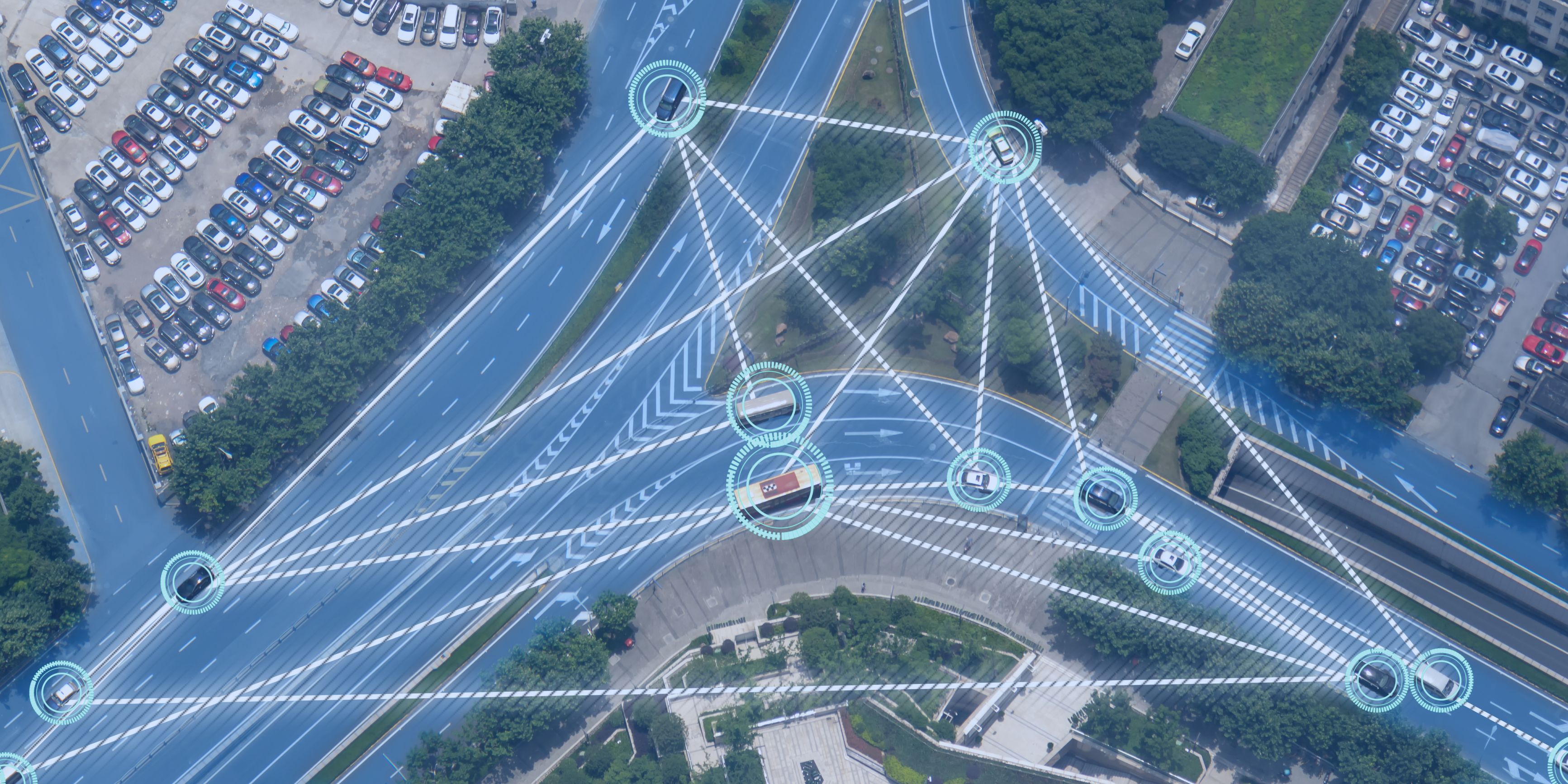AWS Public Sector Blog
Tag: Amazon S3
Preserving the history and language of the Confederated Tribes of the Umatilla Indian Reservation using AWS
Oregon and Washington are home to the Confederated Tribes of the Umatilla Indian Reservation (CTUIR)—a union of the Cayuse, Walla Walla, and Umatilla tribes. Their language, Sahaptian is classified as severely endangered by UNESCO. CTUIR was searching for a way to preserve legacy knowledge in a way that can be passed down to future generations and strengthen its community. To do this, CTUIR worked with Amazon Web Services (AWS) and AWS Partner Dan Ryan to build an online dictionary of the Sahaptian language, powered by the cloud.
How one nonprofit digitally transformed to support art and culture in a changing world
Tessitura Network, a member-owned nonprofit company, provides customer relationship management (CRM) technologies and services to performing arts, cultural, and entertainment organizations around the world. Tessitura integrates what used to be disparate components of running an arts and culture organization, and supports organizations to gain a full picture of their customers and patrons, to segment and analyze data for insights, and to build personalized engagements with donors and communities they serve—all using the cloud and Amazon Web Services (AWS).
How MTI tracks social distancing efforts with the AWS Cloud and big data
Maryland Transportation Institute (MTI), an interdisciplinary research and education organization based out of the University of Maryland, focuses on solving complex transportation problems. When COVID-19 hit, MTI was presented with an urgent new problem: the organization was tasked with gathering, processing, and reporting daily transportation data from nearly 65% of the US population. To keep the public safe, they needed more computing power—quickly. They used the AWS Cloud.
How remote learning tools provide on-demand opportunities to help students grow
With learning gaps still widening as schools swing between online and in-person attendance, personalized support is needed to create and sustain equitable learning for all. Learn how four Amazon Web Services (AWS) customers and AWS EdStart Members are addressing on-demand learning and helping students advance in the classroom.
Climate data, koala genomes, analysis ready radar data, and highly-queryable genomic data: The latest open data on AWS
The AWS Open Data Sponsorship Program makes high-value, cloud-optimized datasets publicly available on AWS. We work with data providers to democratize access to data by making it available to the public for analysis on AWS; develop new cloud-native techniques, formats, and tools that lower the cost of working with data; and encourage the development of communities that benefit from access to shared datasets. Our full list of publicly available datasets are on the Registry of Open Data on AWS. This quarter, we released 26 new or updated datasets including datasets on climate, koala genomes, analysis ready radar data, and highly-queryable genomic data. Check out some highlights.
Introducing 10 minute cloud tutorials for research
Ten Minute Tutorials for Research provides a way for researchers to quickly learn about topics and tools that are specific to their unique needs, covering the basics on how to get started and providing helpful links to get more in-depth information and support—all in ten minutes. The series is led by AWS solutions architects and AWS research business development specialists who work closely with researchers. Many of the presenters are former researchers themselves and content is specifically geared to a research audience.
Australian Bureau of Statistics runs 2021 Census on the AWS Cloud
Earlier this year, the Australian Bureau of Statistics (ABS) ran the Australian Census, the agency’s most significant workload, on Amazon Web Services (AWS). The Census is the most comprehensive snapshot of the country, and includes around 10 million households and over 25 million people. With the COVID-19 pandemic causing lockdowns across the country, ABS needed a digital option for the Census that was accessible and reliable for millions of people. They turned to the cloud.
Satellogic makes Earth observation data more accessible and affordable with AWS
Satellogic, a leader in high-resolution Earth observation (EO) data collection, is creating a live catalog of Earth and delivering daily updates to create a complete picture of our planet for decision makers so that they can tackle some of the biggest challenges of our time. Satellogic uses Amazon Web Services (AWS) to scale its live Earth catalog, enhance customer experiences, decrease data processing times, and optimize costs.
Enhancing content recommendations for educators at Discovery Education with Amazon Personalize
Discovery Education (DE) provides standards-aligned digital curriculum resources, engaging content, and professional learning for K12 classrooms. Learn how they worked with AWS to enhance its K12 learning platform with machine learning (ML) capabilities.
Barnes Foundation takes art education virtual and reaches record number of new learners
The Barnes Foundation is home to a legendary art collection, including some of the world’s most important impressionist, post-impressionist, and modern paintings. At the core of its mission is the advancement of education and art appreciation. When the COVID-19 pandemic shut down in-person tours and classes, the Barnes Foundation used the cloud to quickly pivot to develop and launch new online programming to continue to deliver their educational mission, and allowed them to triple enrollment in online courses for adults and reach 40 percent more school-age students during the 2020-2021 school year compared to in-person courses in pre-pandemic years.









